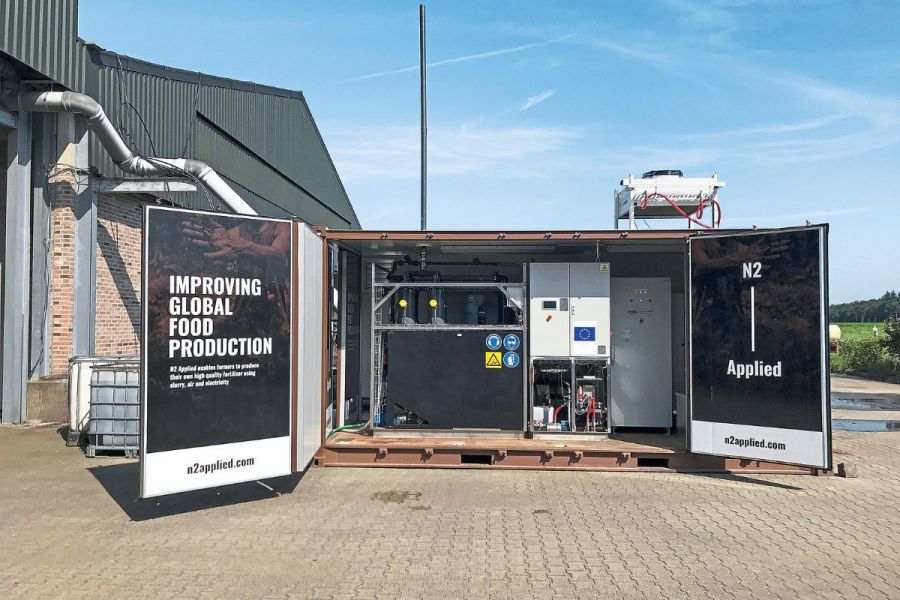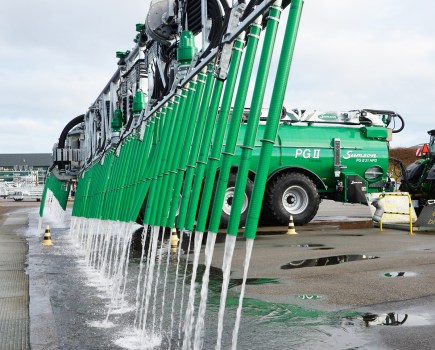It sounds almost too good to be true — slurry goes in and a readily available nitrogen fertiliser comes out. N2-Applied promises just that with its slurry treatment system. But there is a catch…
Norwegian start-up company N2- Applied has been researching new technology for slurry processing for more than 10 years. And the company name pretty much sums up what it is achieving — applying airborne nitrogen (N2) to slurry. Basic chemical theory states that while atmospheric nitrogen will often occur at up to 78%, it also reacts sluggishly. In other words, it takes enormous amounts of energy to get nitrogen in the air to react with other atoms. This is exactly what the Norwegian company has achieved with its plasma reactor, and it uses this system to further ‘upgrade’ existing slurry/digestate. The result is called N2-Applied in a futuristic way with NEO (nitrogen-enriched organic fertiliser): simply nitrogen-enriched liquid manure.
Modular principle
To do this, N2-Applied supplies a 6.0m long container in which the technology is already installed. All you have to do is plug it into a power socket.
The slurry product itself should be as free of impurities as possible (particle size less than 3mm and less than 8% dry matter). Therefore the firm recommends separating the slurry beforehand. The effluent is then pumped into the container, the technology inside consisting primarily of a large reaction tank, reaction tank. Inside the reactor (see ‘How the plasma reactor works), nitrogen is added to the slurry with the help of the ambient air and electrical energy. As a result, the reaction lowers the pH value of the treated slurry. This means, the ammonia-ammonium ratio shifts towards ammonium—less gas is lost and more gas is available for the plants. As tempting as the N upgrading method of slurry sounds in times of expensive artificial fertiliser prices, physics can’t be outwitted.
For more up-to-date farming news and reviews click here and subscribe now to profi for just £3.99 an issue.






